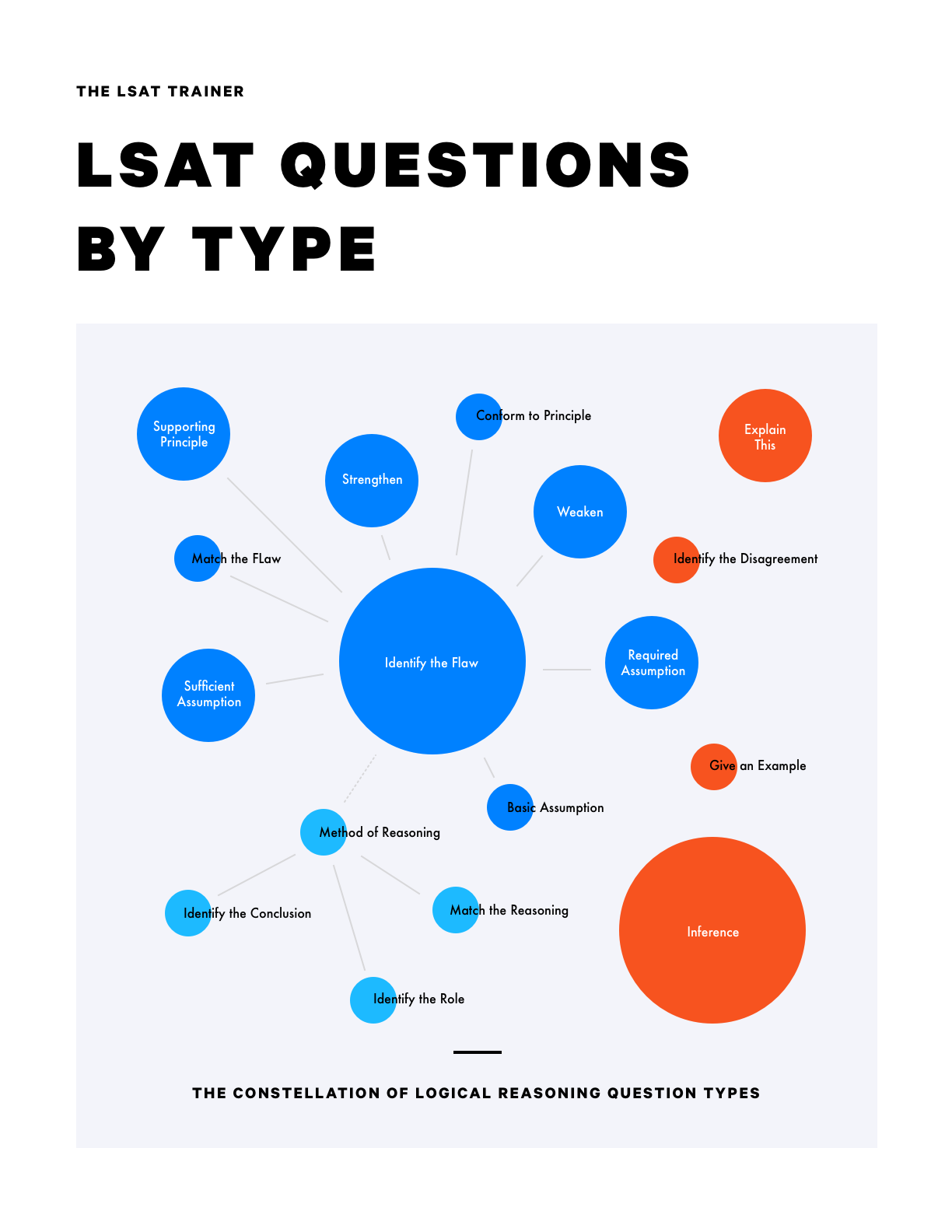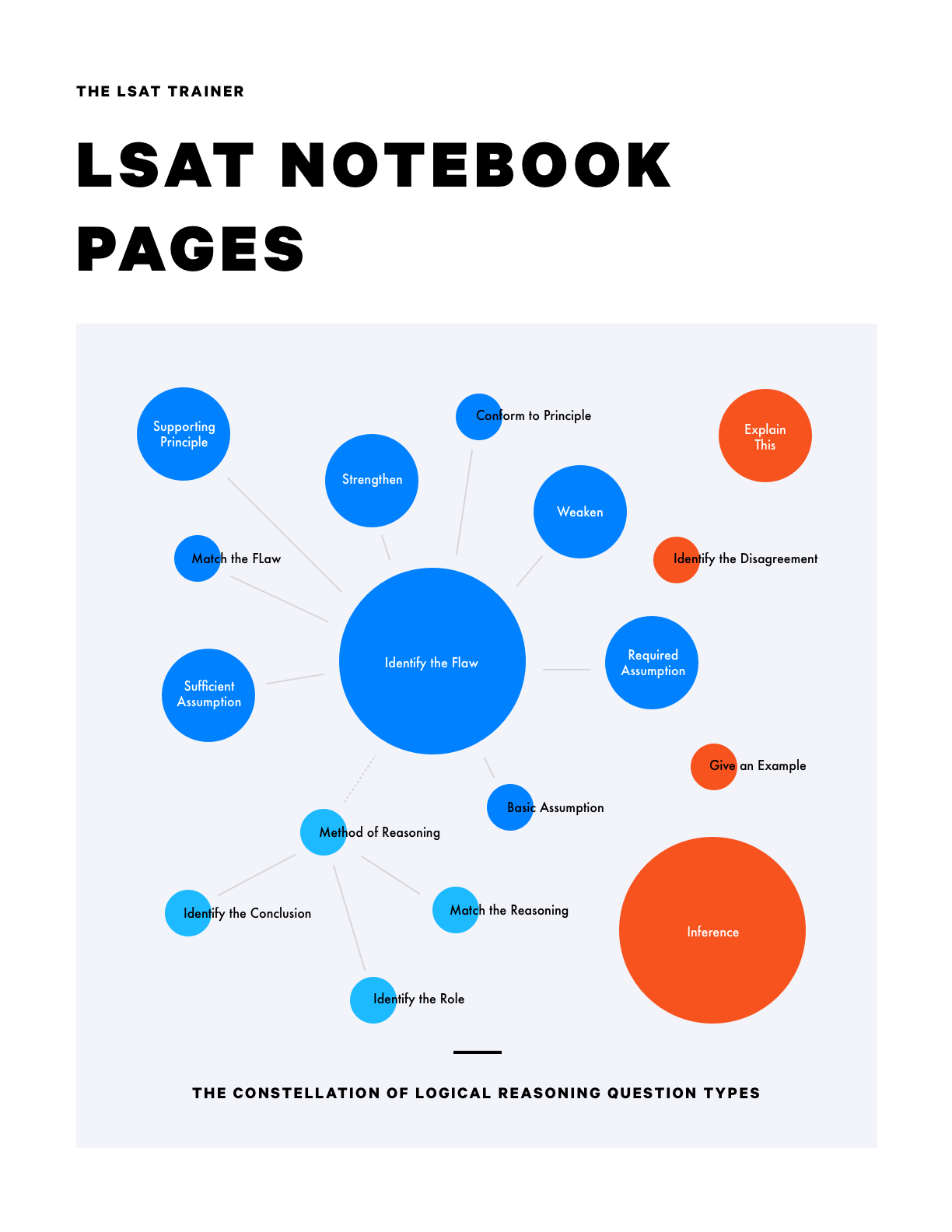Diagramming Solutions for Every Logic Game
From PrepTests 52 - 81
More Information About The Trainer Logic Games Diagrams
These pages offer diagramming suggestions for every game that has appeared in every Logic Games section from PrepTests 52 through 81. Please keep in mind that there are many different ways to effectively diagram Logic Games, and it’s often a very subjective decision as to which inferences to notate, when to split diagrams, and so on.
One significant advantage of the Trainer diagramming methods is that they provide a universal diagramming system that you can use for any game that appears in the section. This is in contrast to most other LSAT learning systems, which separate games out into distinct categories, each with its own, and often conflicting, notational system.
General Suggestions on How to Diagram Logic Games
- Always read through the scenario and rules completely, and pause to mentally consider and visualize the game, before setting pencil to paper.
- Think of all games in terms of elements to place and positions to place them into. Nearly every game places these positions into an order, into groups, or both.
- Whenever you find it useful, feel free to deal with the rules in an order that makes it most convenient for you to draw an effective diagram.
- Always be on the lookout for inferences—things that you can figure out by bringing information, such as rules, together. The purpose of your diagram is to, in fact, help you uncover inferences correctly, and these inferences (more so than the rules as they are given) are what determine right and wrong for the vast majority of problems.
- Look for opportunities to split up your game board into multiple frames - which are a set of diagrams that collectively represent all of the possibilities of a game. Most commonly, we can create frames around a very limited set of options for how to fill a certain position or positions (“either F or K must be third,” for example) or where to place an element or elements (“K must go first or last,” for example).
- Whenever you have trouble notating a rule clearly, don’t be afraid to write it out or provide as much detail as you feel necessary. Better to be safe than overly clever.
- When you are done with your diagram, evaluate your notations carefully and check them back against the scenario and rules as written. Make sure that you understand what your notations mean, and that they represent the given information correctly.
Table of Commonly Used Notations
Here is a downloadable and printable infographic that includes the symbols and notations that we will most commonly utilize to set up games. Please click to open full screen.



